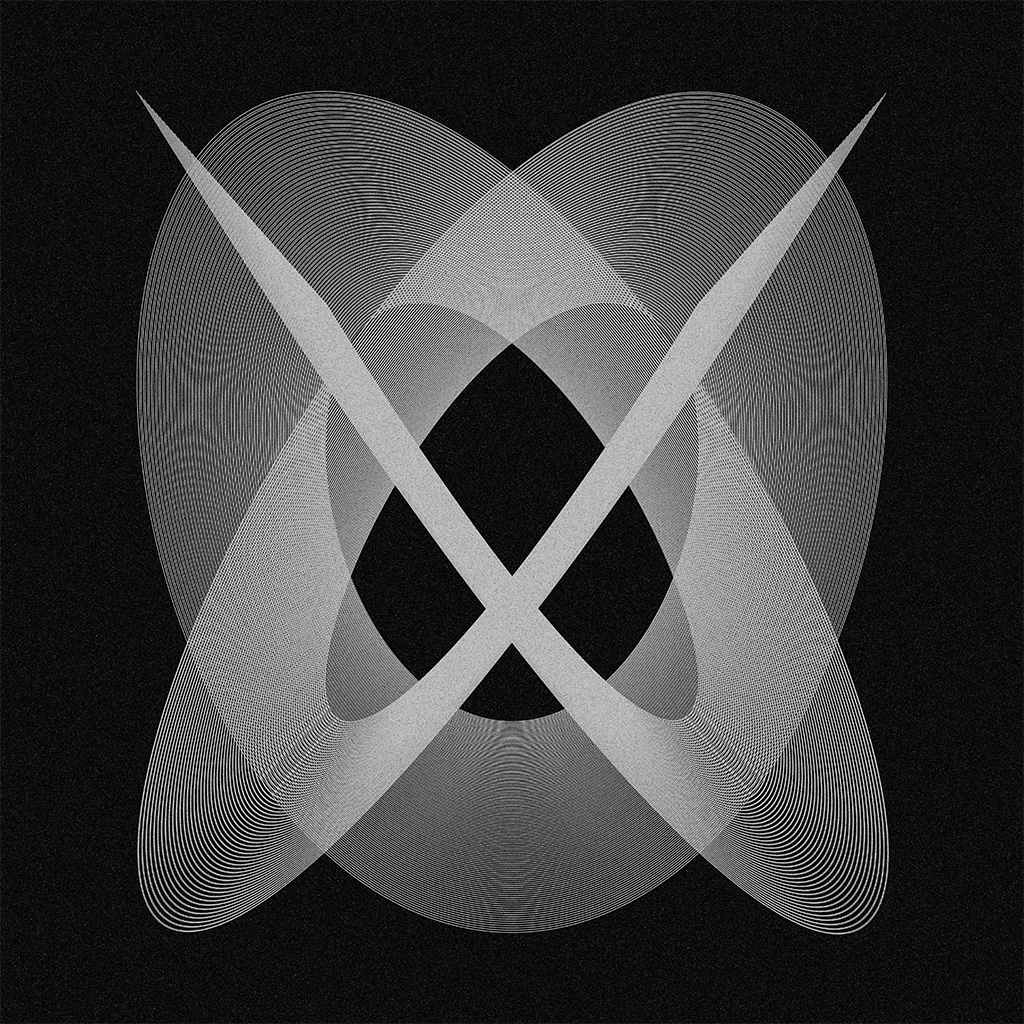PENDULUMS
by BEN STRAUSS
A PHYSICS-BASED GENERATIVE ART COLLECTION
LOADING PHYSICS...
PENDULUMS, Chapter II of Pursuit of Equilibrium, is a generative art collection of 512 living pieces shaped by real-world pendulum physics. Built on principles as old as the universe itself, each piece is a live simulation, drawing itself moment by moment through gravity, motion, and time.
Enter your email address to stay updated with important information about Pendulums!
Enter your email address to stay updated with important information about Pendulums!
Oops! Something went wrong while submitting the form.
MOTION AS MEMORY
Motion is not just movement. It is memory and math. It is the quiet negotiation between chaos and order, friction and flow.
Chapter II of Pursuit of Equilibrium didn’t begin as art, it began as a tool. I needed a way to preview pendulum motion, to plan exposures, fine-tune ratios, and avoid hours in the dark chasing perfection. But the more I built, the more the system started to feel like a collaborator. It wasn’t just solving problems anymore. It was making choices. Expressing something.
Chapter II of Pursuit of Equilibrium didn’t begin as art, it began as a tool. I needed a way to preview pendulum motion, to plan exposures, fine-tune ratios, and avoid hours in the dark chasing perfection. But the more I built, the more the system started to feel like a collaborator. It wasn’t just solving problems anymore. It was making choices. Expressing something.
FROM LIGHT TO CODE
Chapter I, Lux, was entirely physical. Real pendulums swung in silence. Long exposures etched their paths onto sensors, capturing motion that would otherwise remain invisible.
But precision required dozens of failed attempts. Swing ratios had to be dialed in manually. A few millimeters of slack could destroy symmetry. The work was meditative, but exhausting.
So I built a simulator. Just to preview motion. Nothing more.Then the code started surprising me.
But precision required dozens of failed attempts. Swing ratios had to be dialed in manually. A few millimeters of slack could destroy symmetry. The work was meditative, but exhausting.
So I built a simulator. Just to preview motion. Nothing more.Then the code started surprising me.
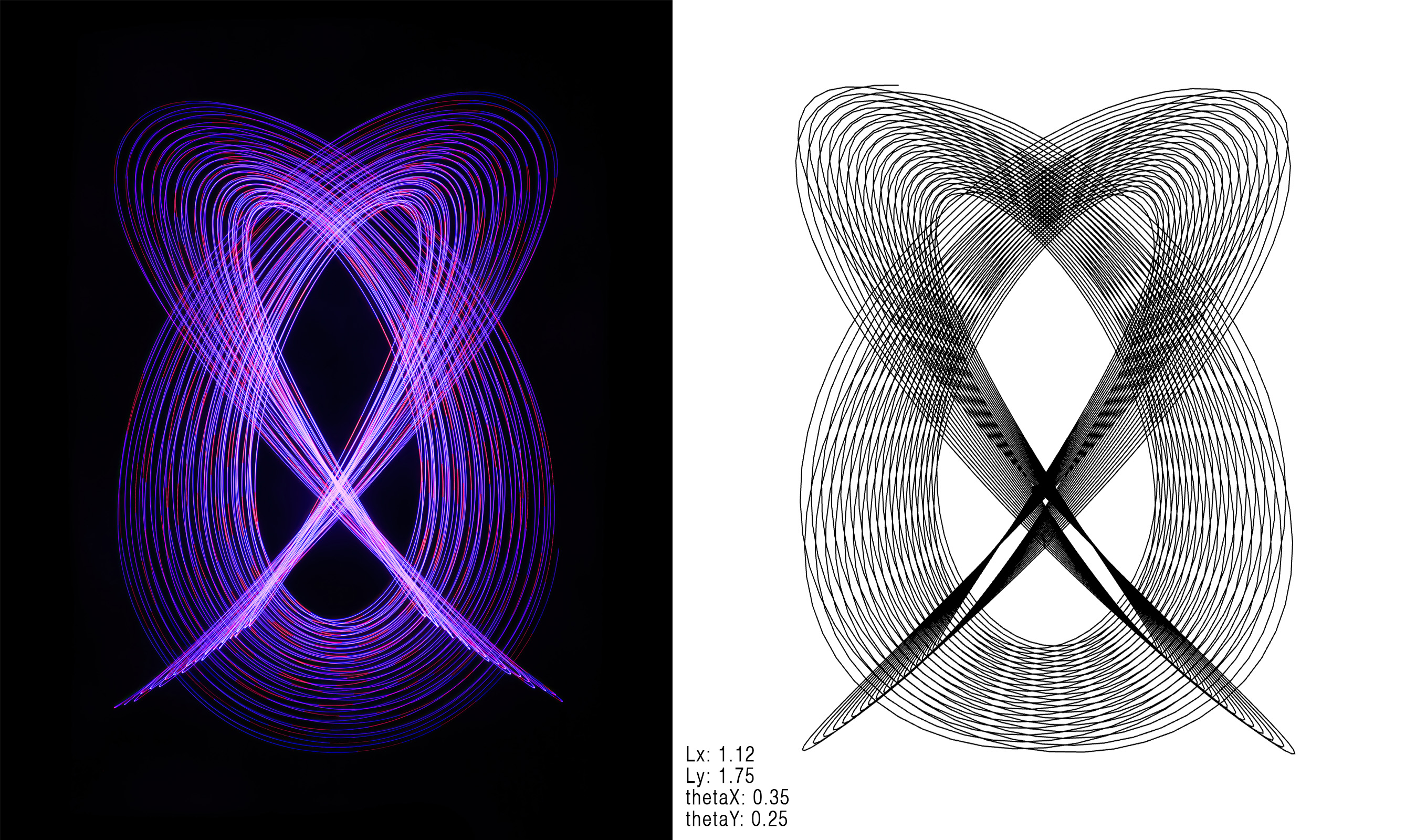
A real-world pendulum exposure, Lux No. 6 (left) vs. an early simulation preview (right) used to plan swing ratios.
THE BLACKBURN PENDULUM
Most pendulums swing in one direction. A Blackburn pendulum swings in two. One axis is fast. The other is slow. When released together, they interfere and fold into elegant spirals known as Lissajous figures.
No motors. No effects. Just the raw outcome of natural ratios. It is a system that creates complexity from simplicity and rhythm from physics. What you see in this collection is that same system, modeled, coded, and reborn.
No motors. No effects. Just the raw outcome of natural ratios. It is a system that creates complexity from simplicity and rhythm from physics. What you see in this collection is that same system, modeled, coded, and reborn.
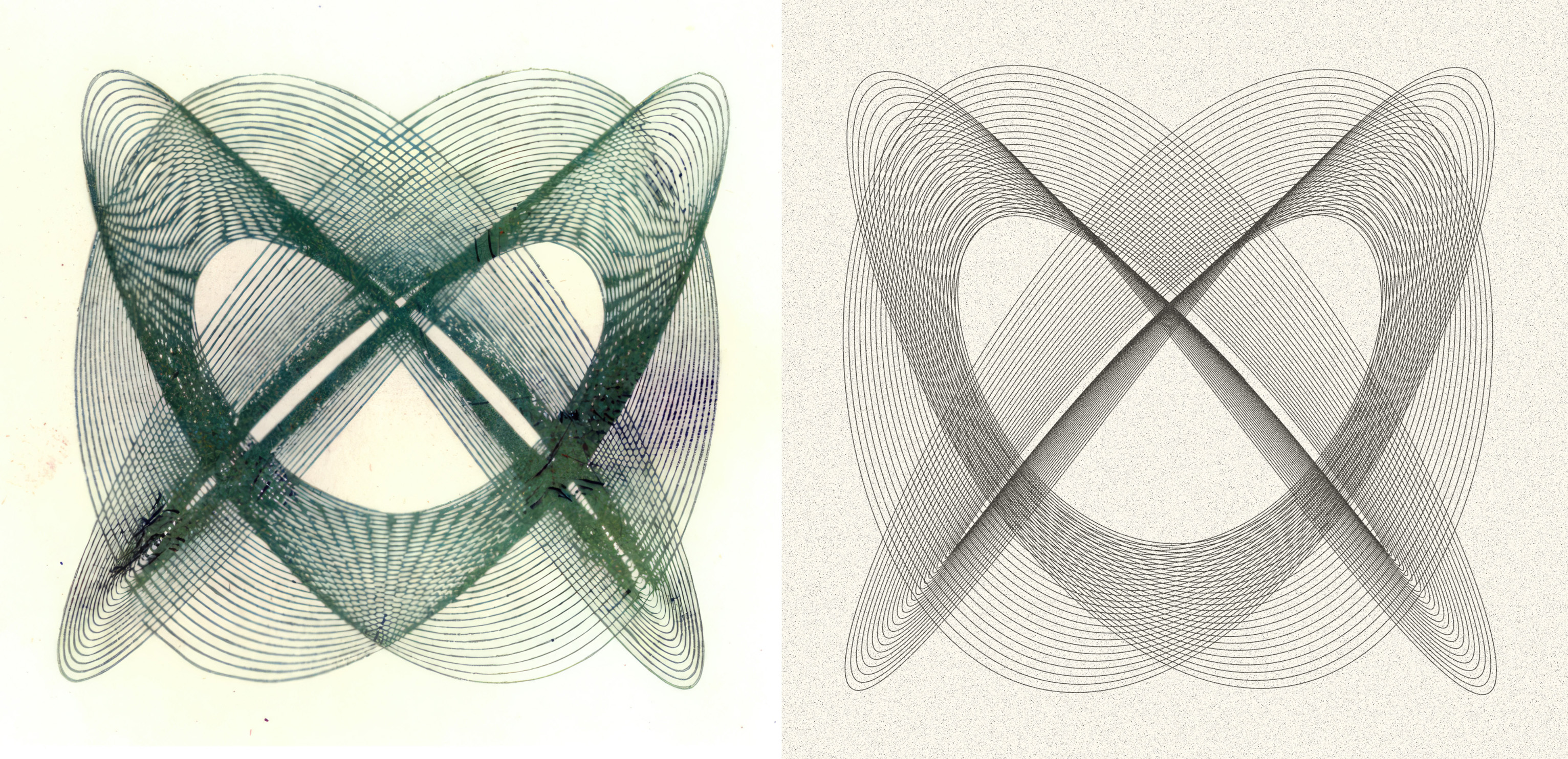
An early Lissajous pattern produced via a harmonograph by S.C. Tisley, circa late 1800s (left), alongside a simplified, similar output generated by my algorithm (right). The pattern above is from a 3:4 period ratio.
A SYSTEM WITH IMPERFECTIONS
This is not a clean or idealized simulation. It is a digital twin of the real thing, with damping, friction, asymmetry, and entropy. Each drawing is a fossilized memory of a system in motion, shaped by variables like period, amplitude, phase offset, and decay. Some systems swing cleanly. Others drift or collapse.
That tension, between precision and collapse, is where the beauty lives. The code does not simulate reality. It mirrors it.
That tension, between precision and collapse, is where the beauty lives. The code does not simulate reality. It mirrors it.
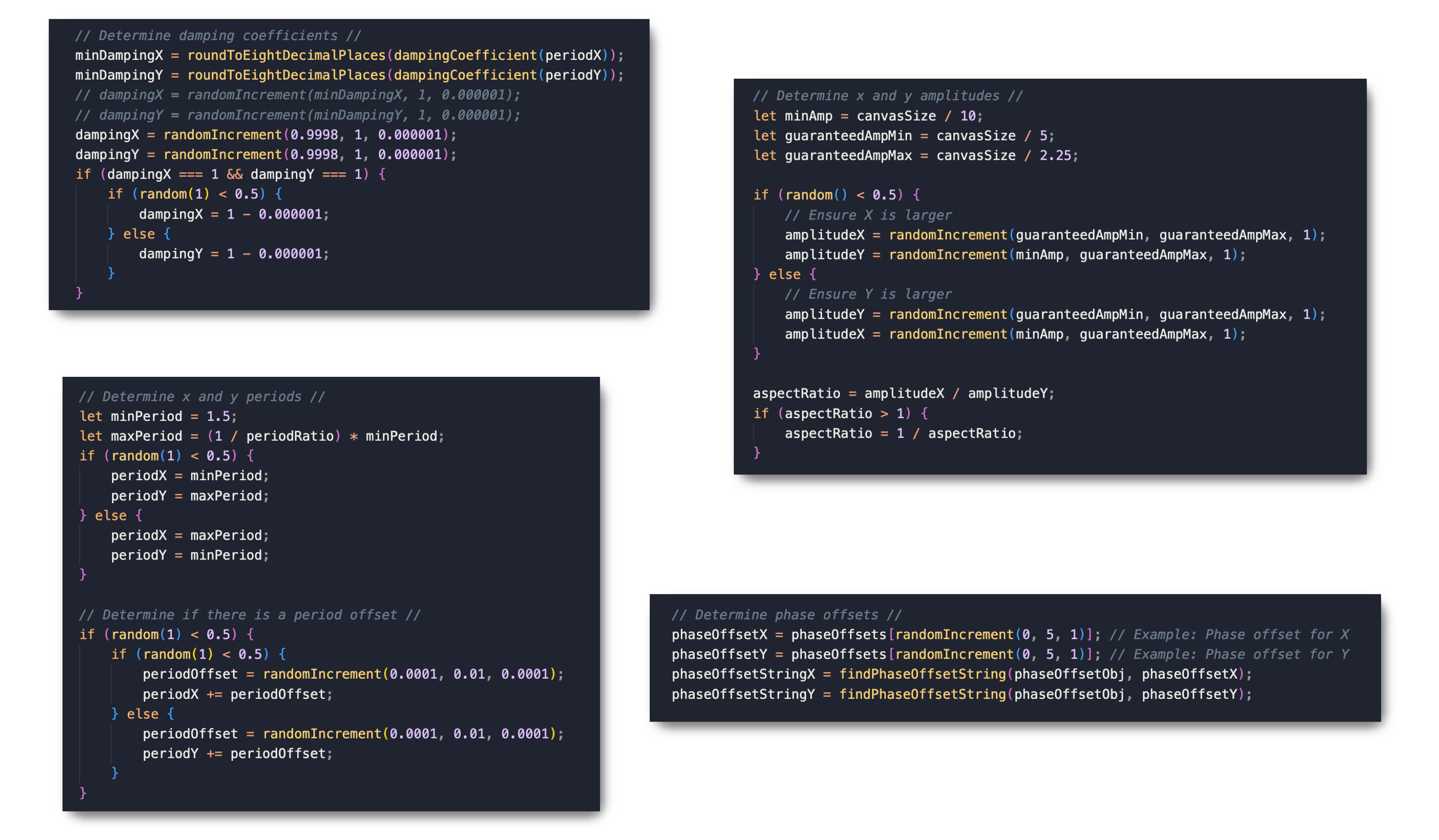
Screen shots from the algorithm, showing tunable physical parameters like damping, amplitude, period offset, period lengths, and phase offsets, all of which shape the final aesthetic of the output.
THE PERFECTION SCORE
Not all systems are equal. Some yield minimal, balanced loops. Others spiral into dense and expressive tangles.
To make the structure of the system visible, I created a rating method. Every piece starts with a score of 100. Deductions are applied for imperfections like asymmetry, imbalance, short runtimes, and high period offsets. Bonus points are awarded for elegant ratios with low least common multiples.
The result is a Perfection Score, and a System Rating from Basic to Perfect. It does not dictate taste. It reveals the path the system took.
Basic: below 60
Adequate: 60–69
Proficient: 70–79
Notable: 80–84
Advanced: 85–89
Superior: 90–94
Perfect: 95+
Click the buttons below to see example outputs for each category:
To make the structure of the system visible, I created a rating method. Every piece starts with a score of 100. Deductions are applied for imperfections like asymmetry, imbalance, short runtimes, and high period offsets. Bonus points are awarded for elegant ratios with low least common multiples.
The result is a Perfection Score, and a System Rating from Basic to Perfect. It does not dictate taste. It reveals the path the system took.
Basic: below 60
Adequate: 60–69
Proficient: 70–79
Notable: 80–84
Advanced: 85–89
Superior: 90–94
Perfect: 95+
Click the buttons below to see example outputs for each category:
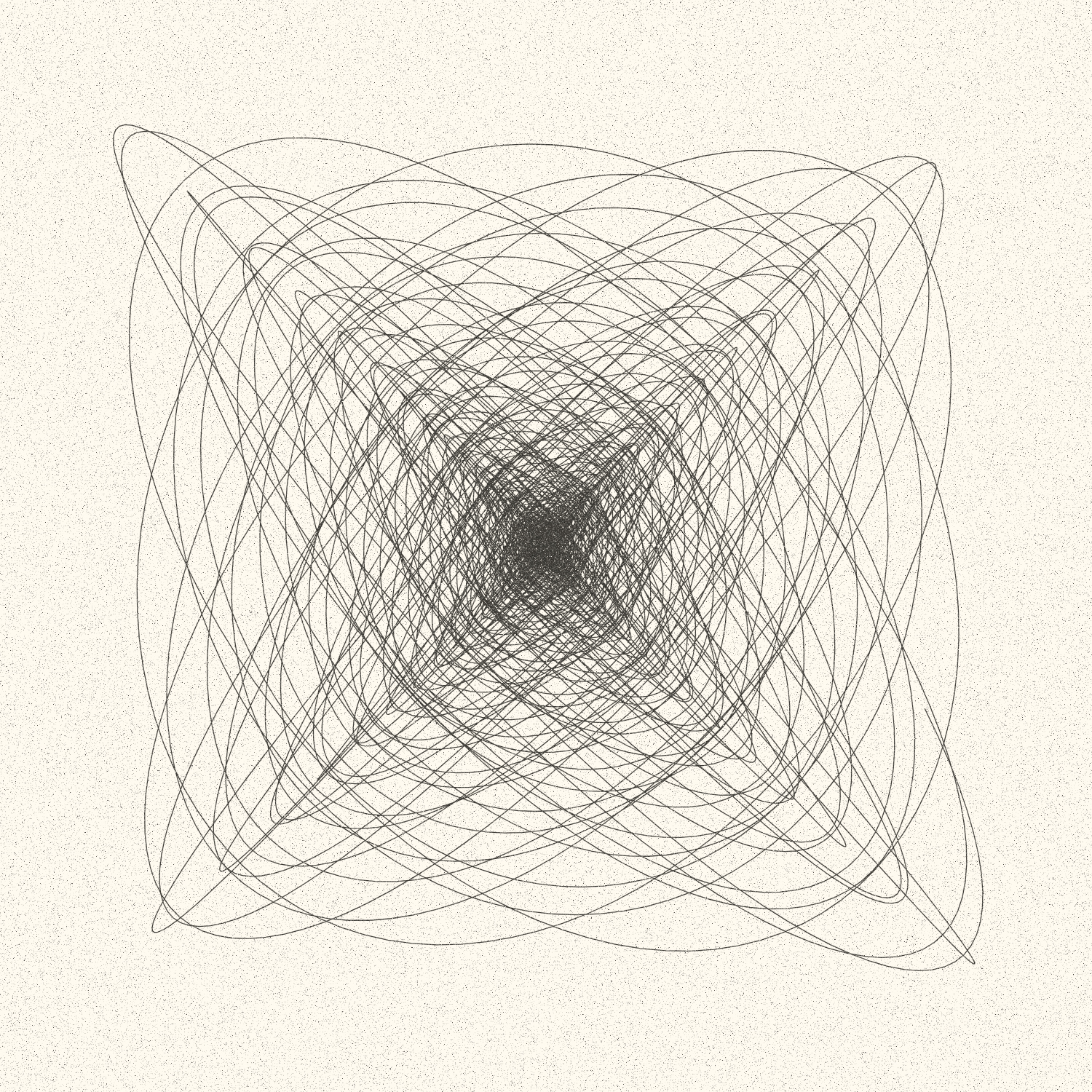
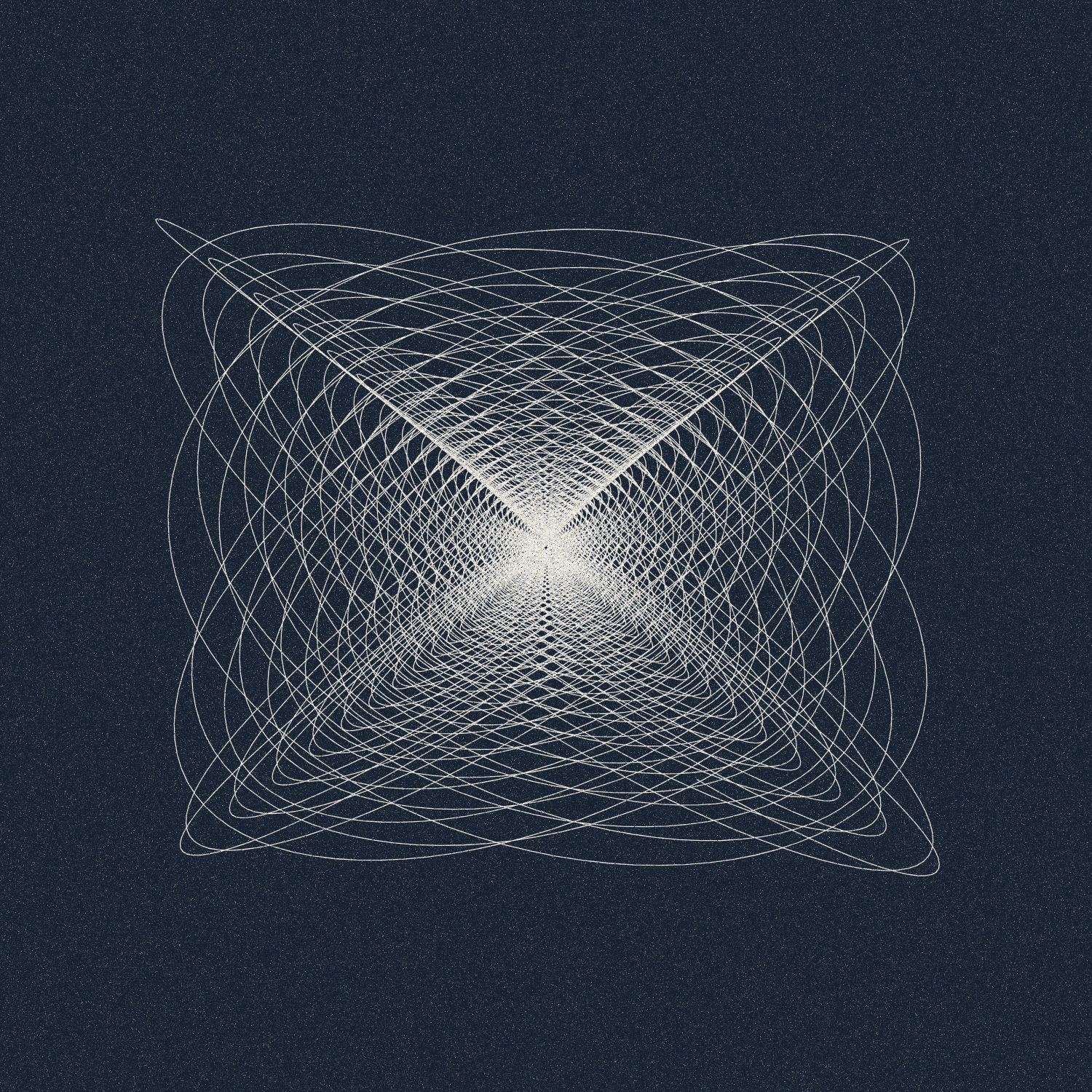
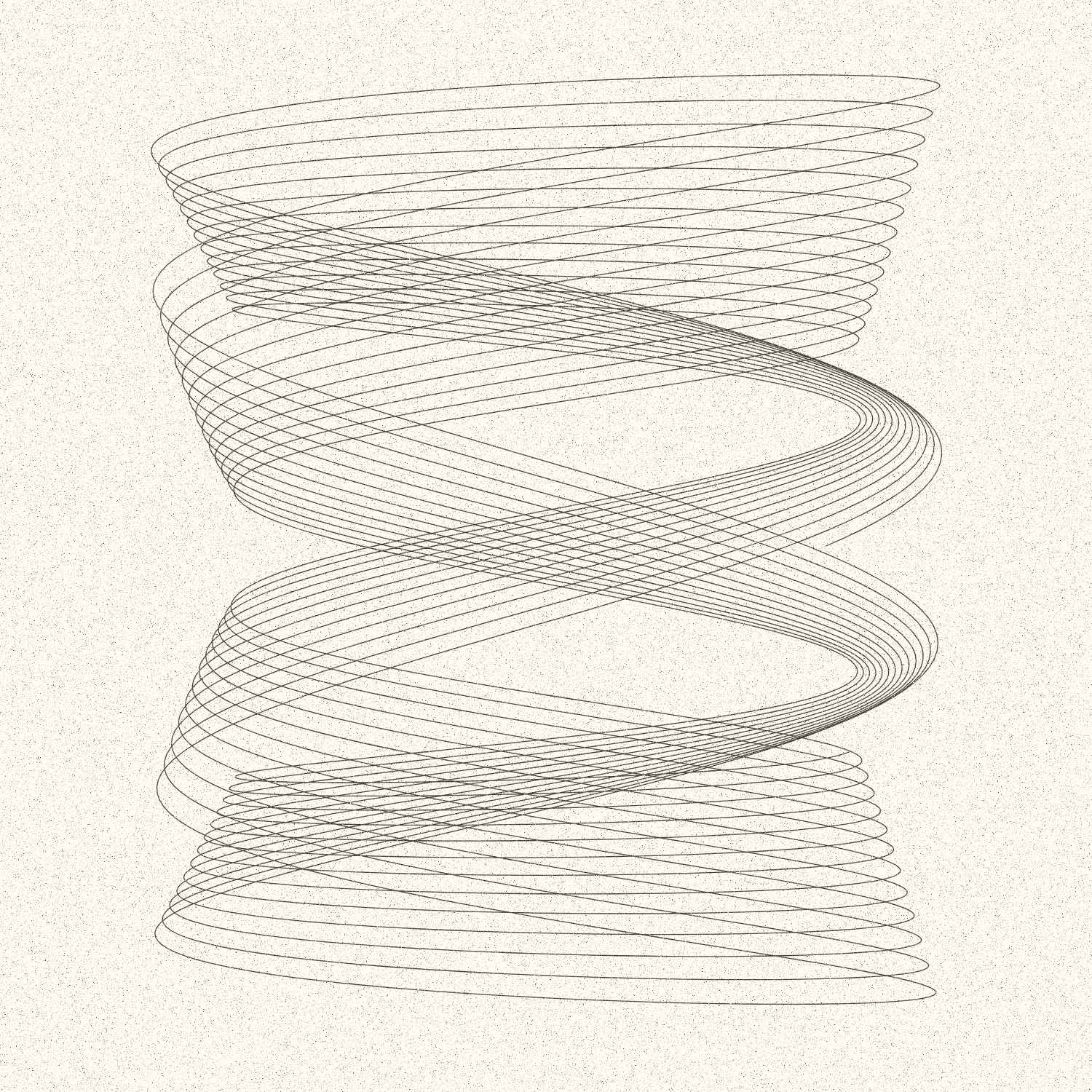
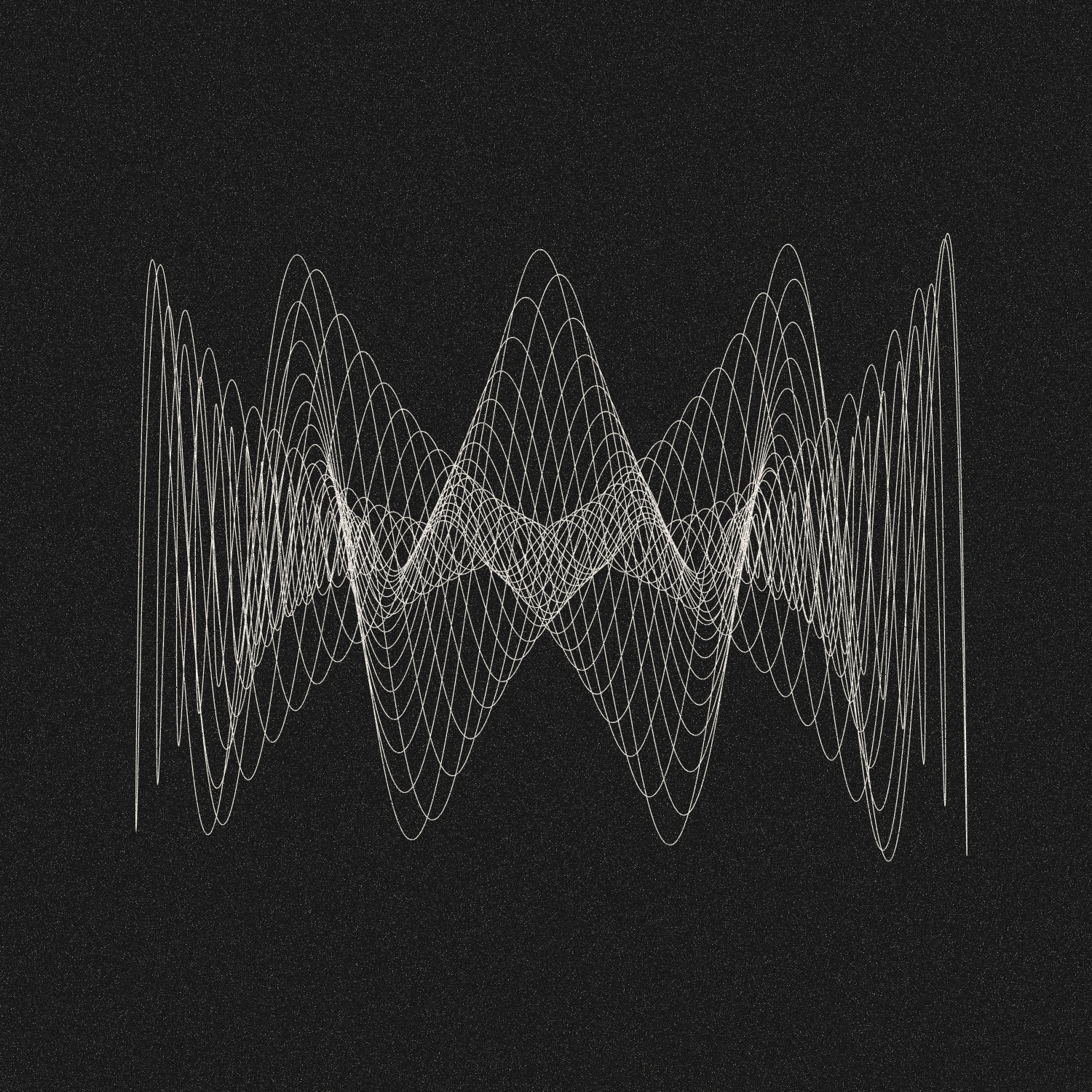
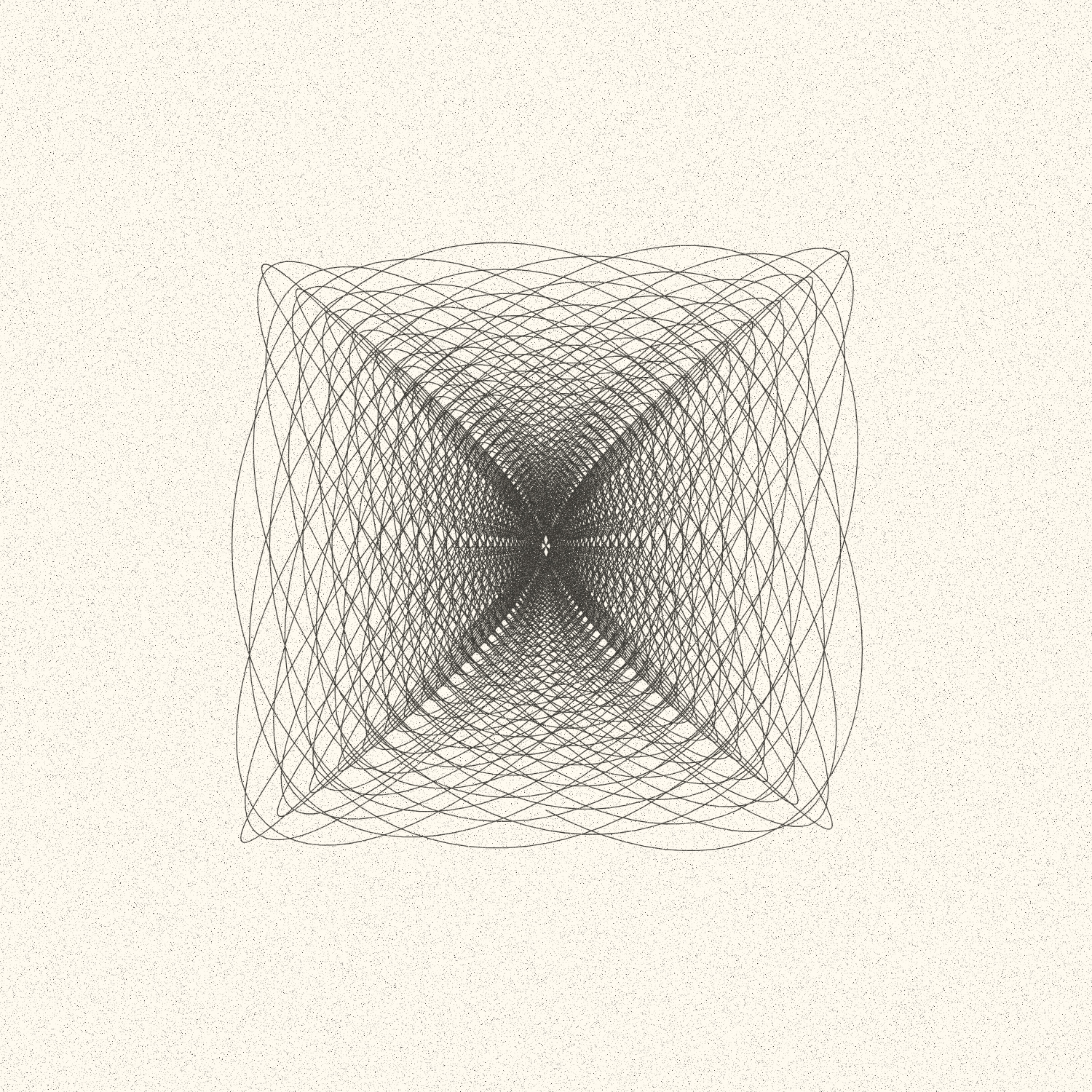

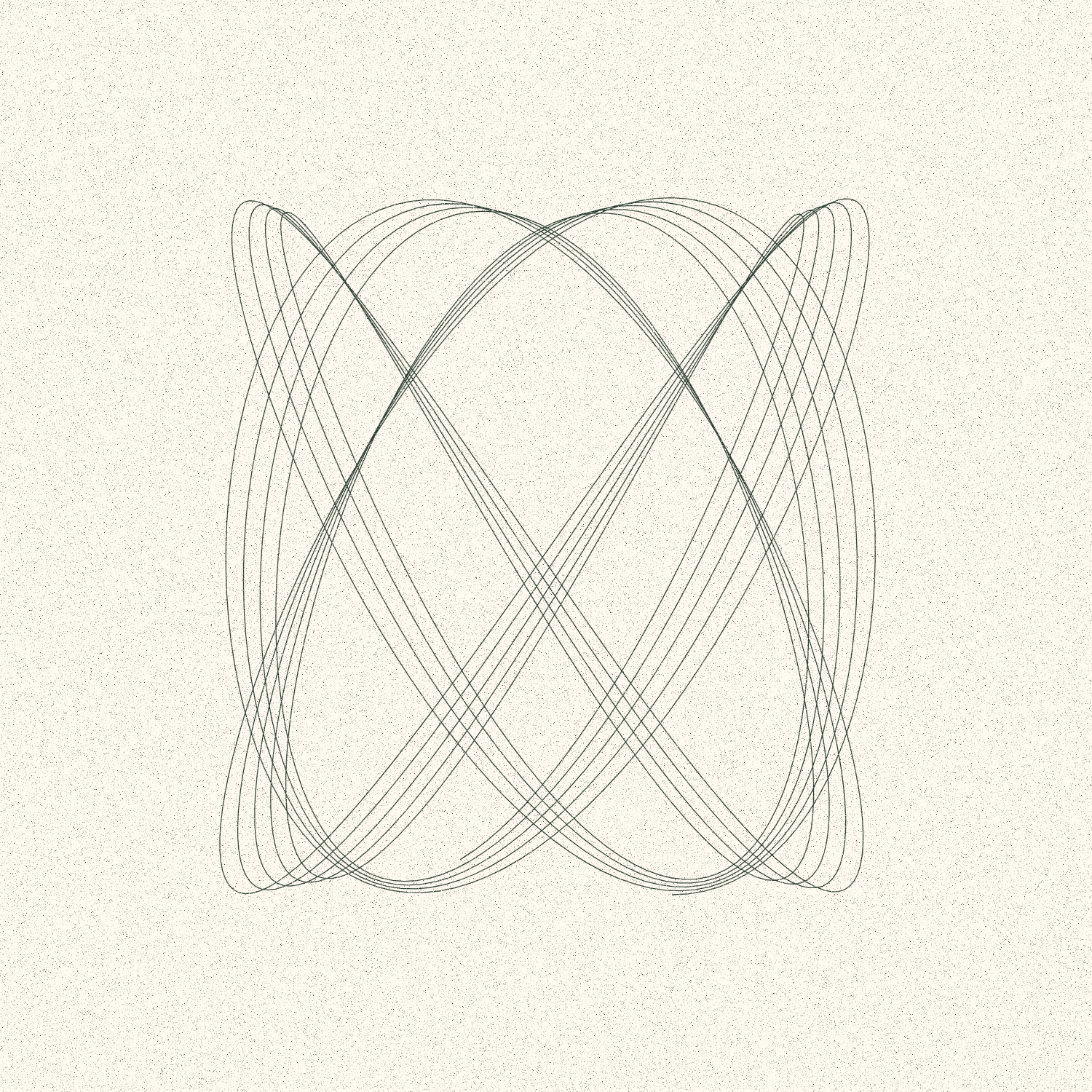
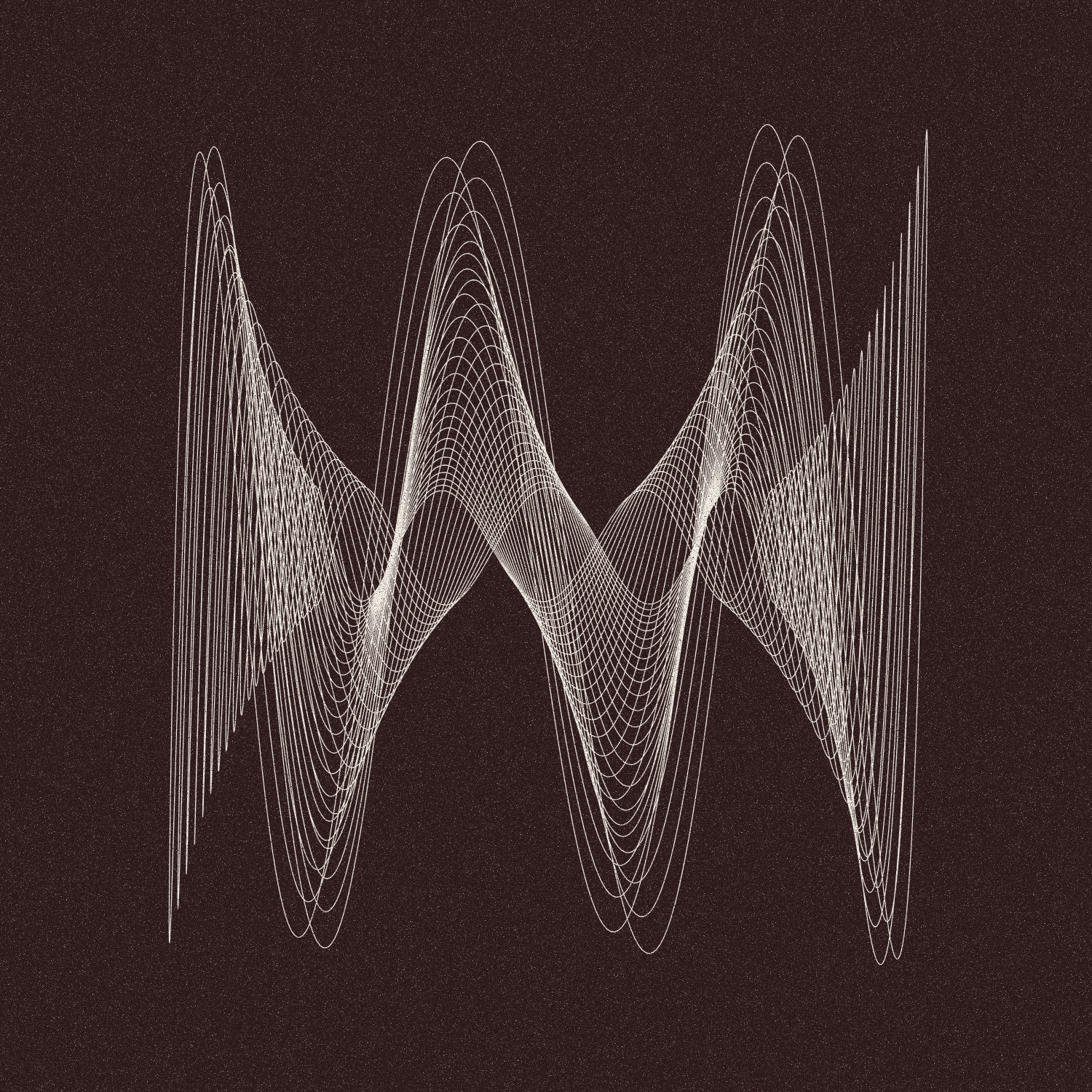
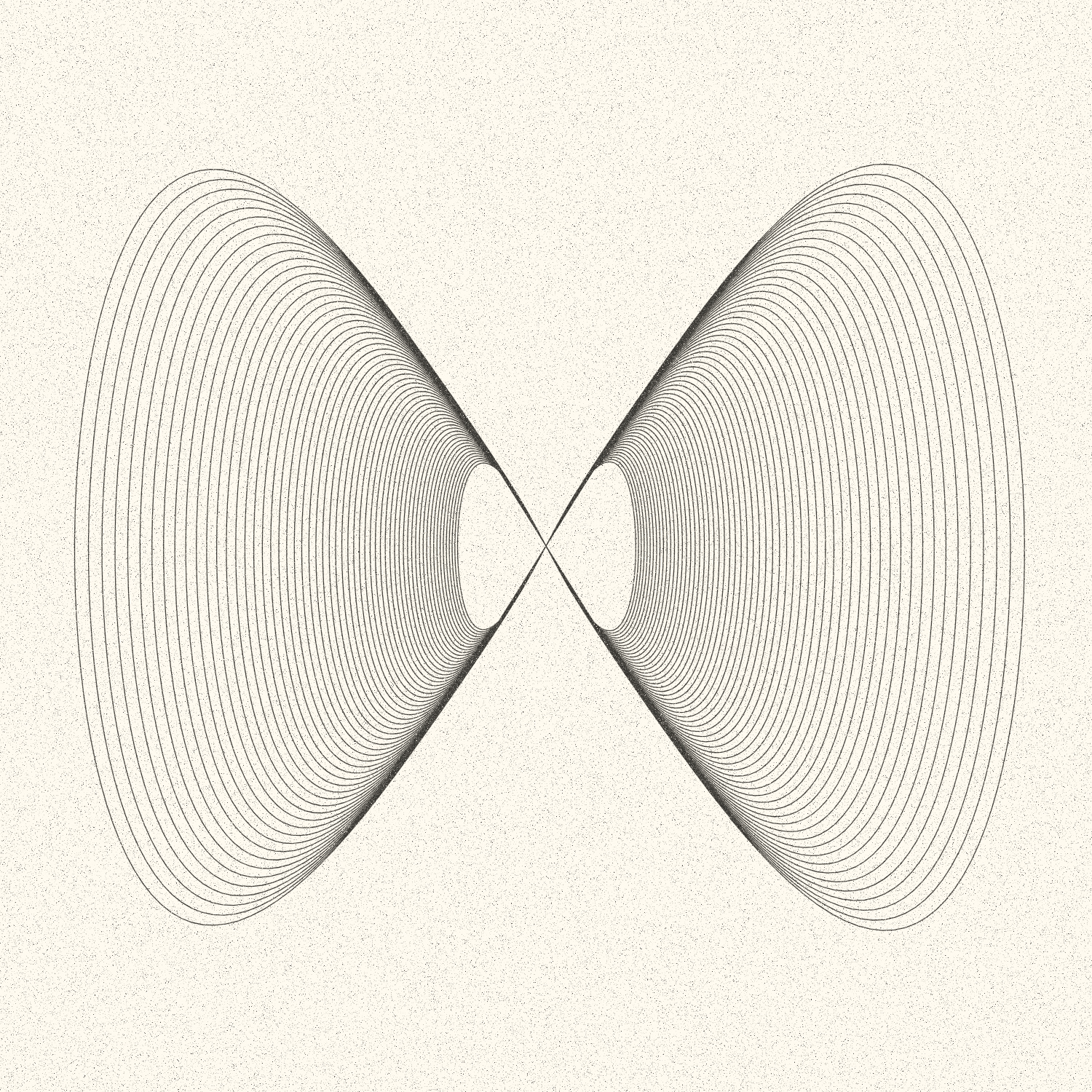
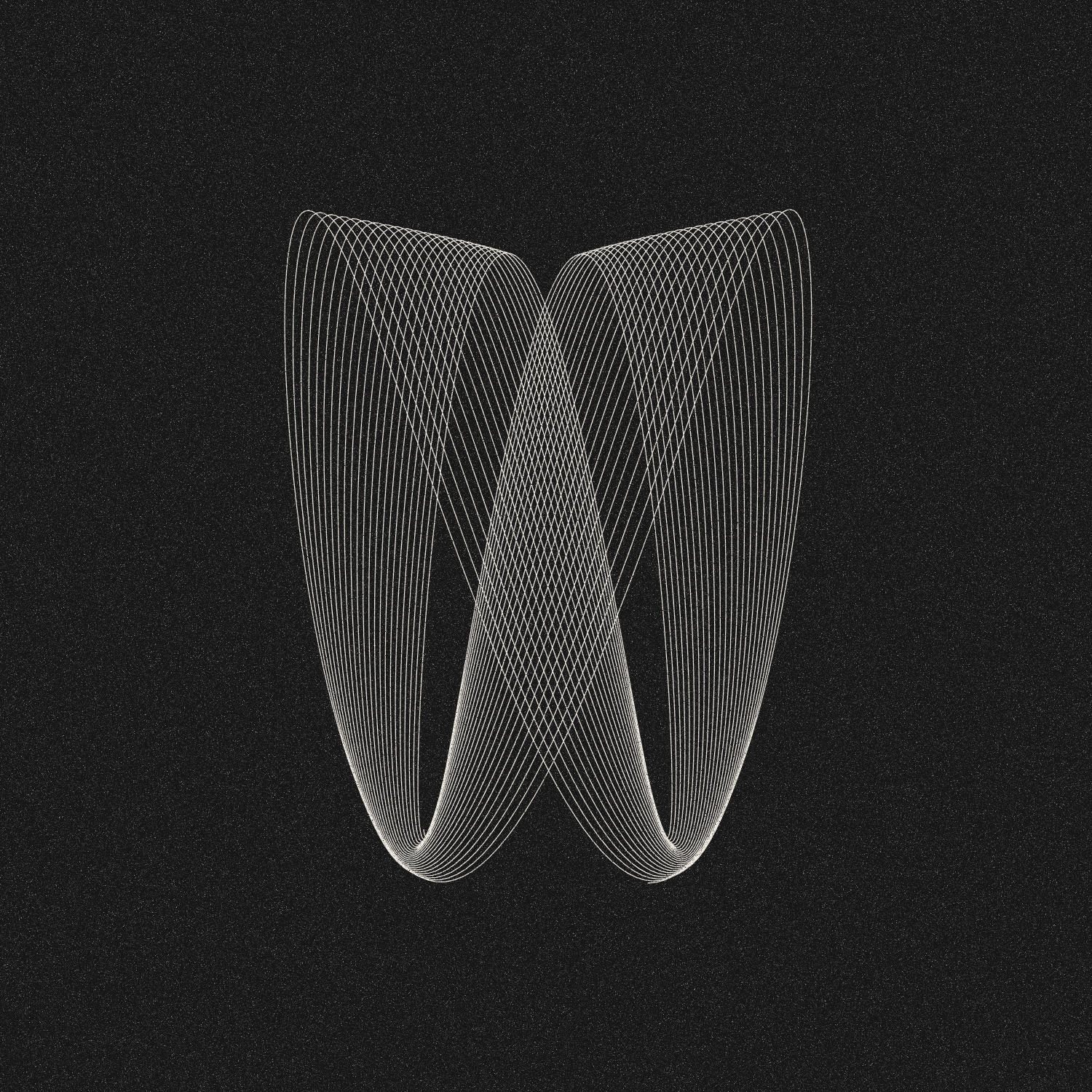
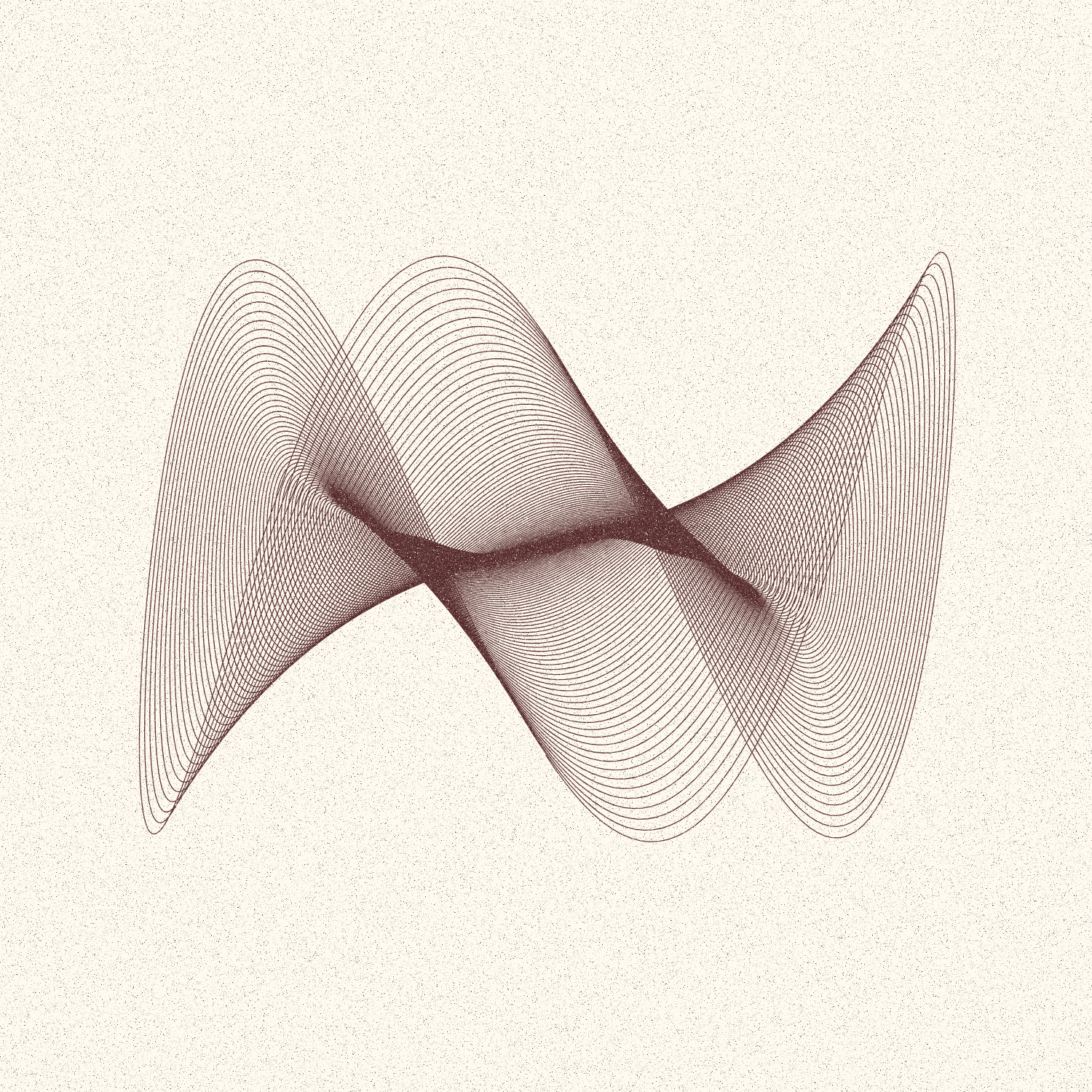
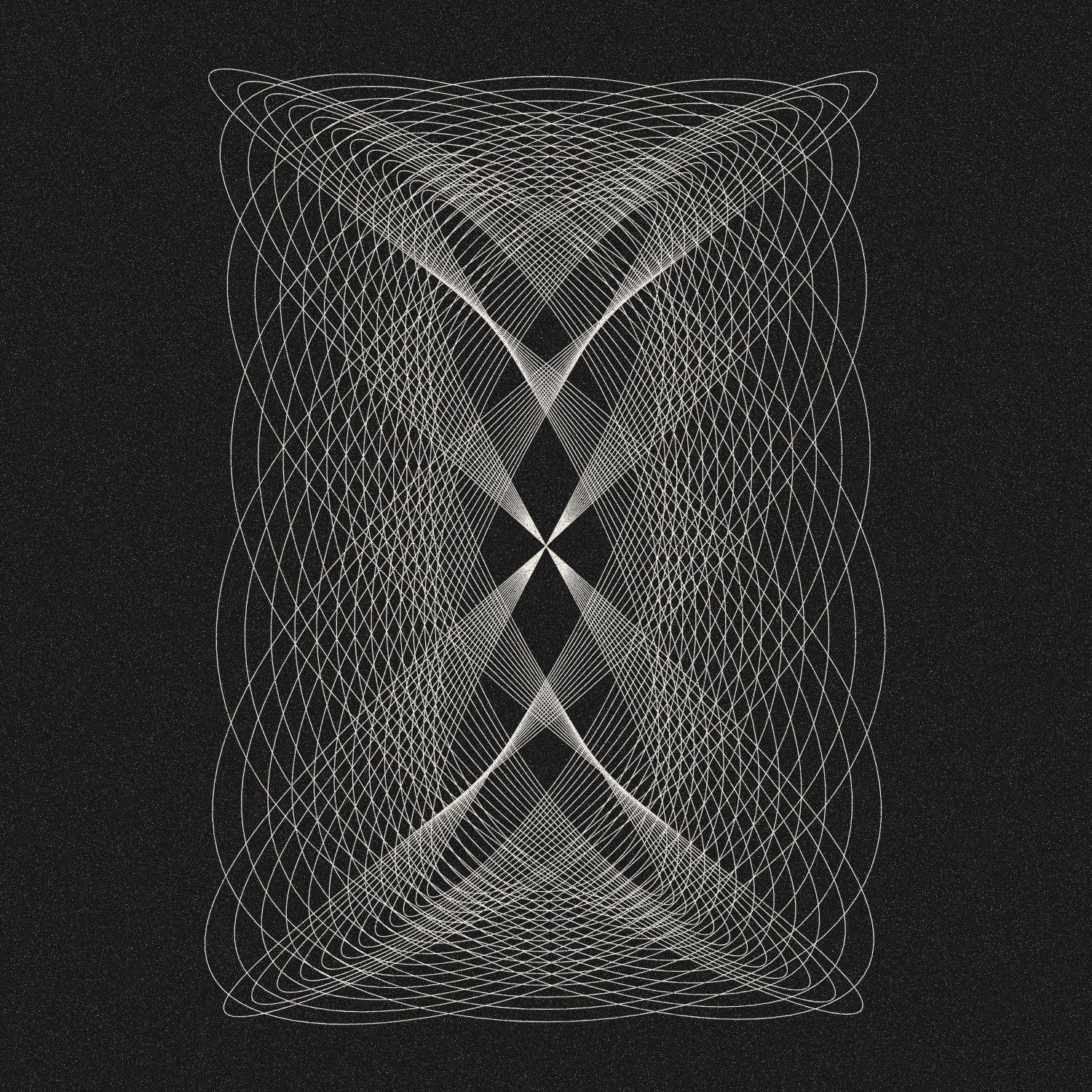
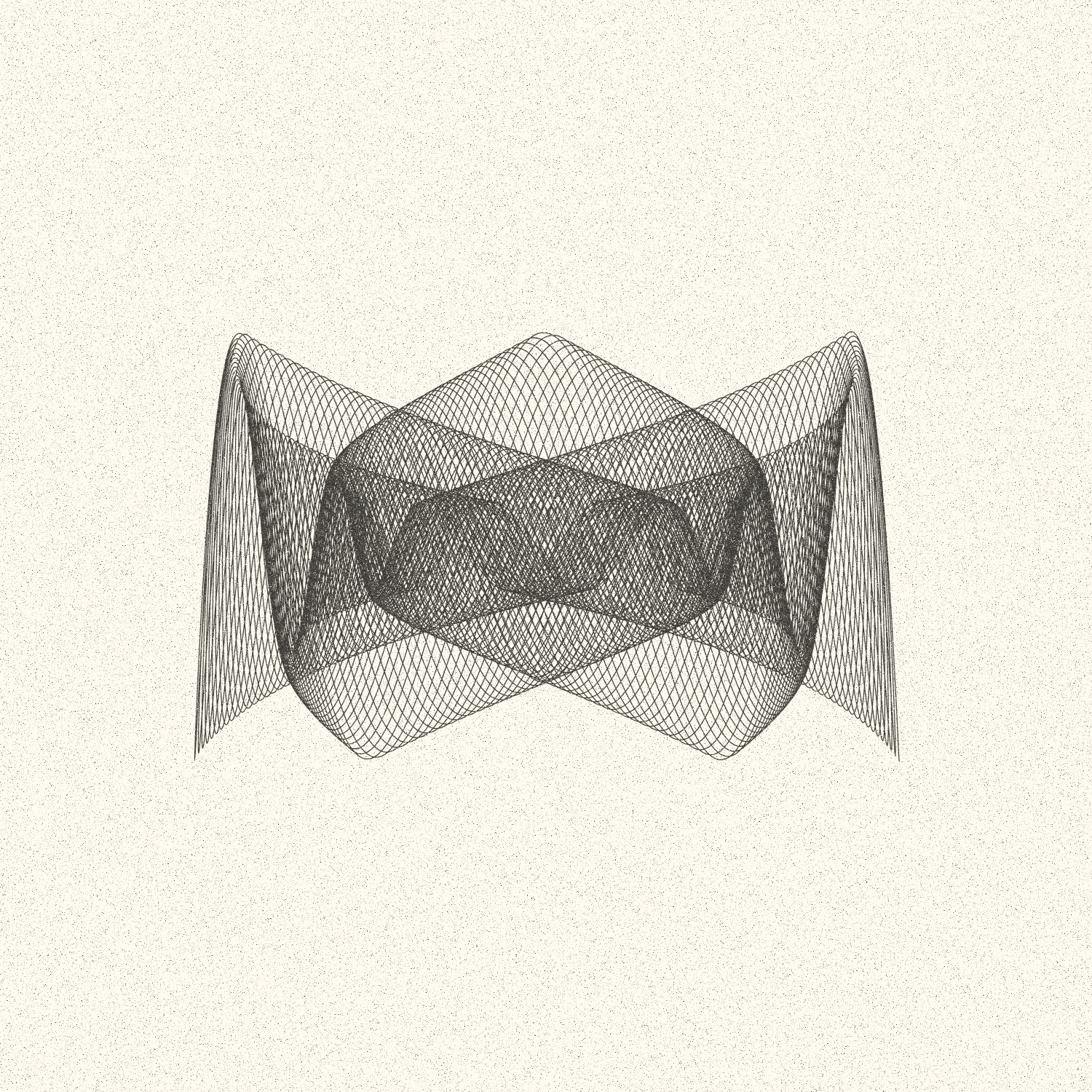

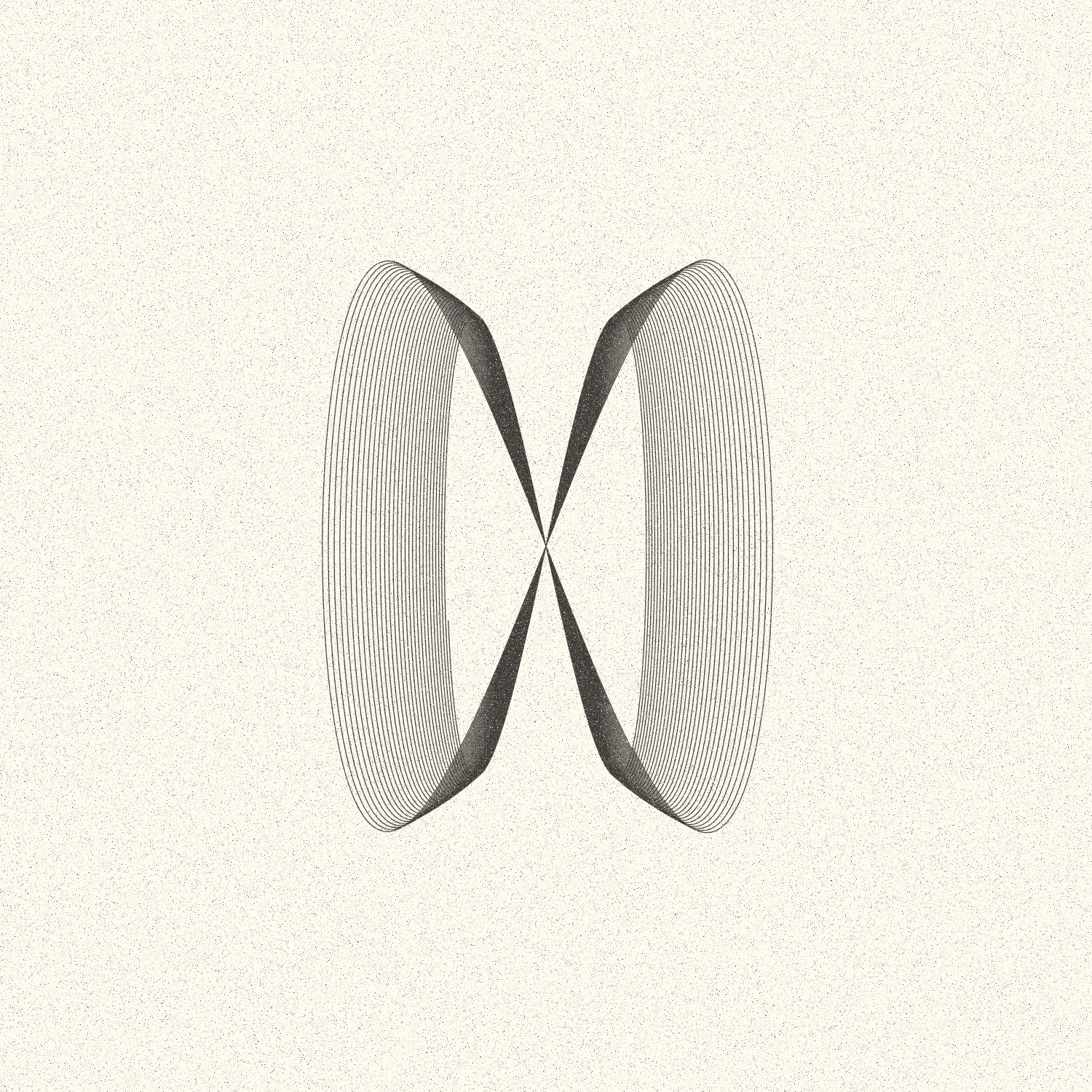
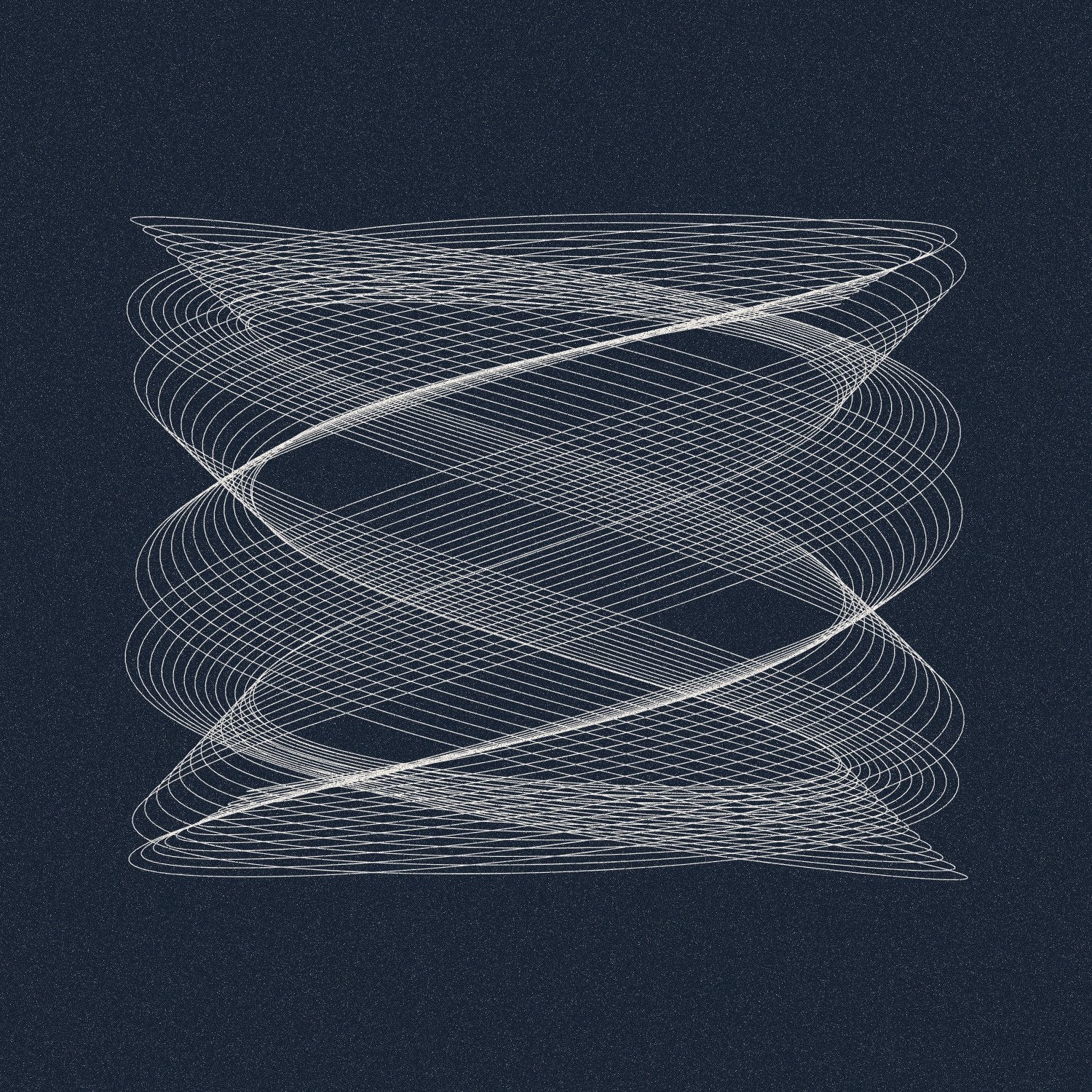
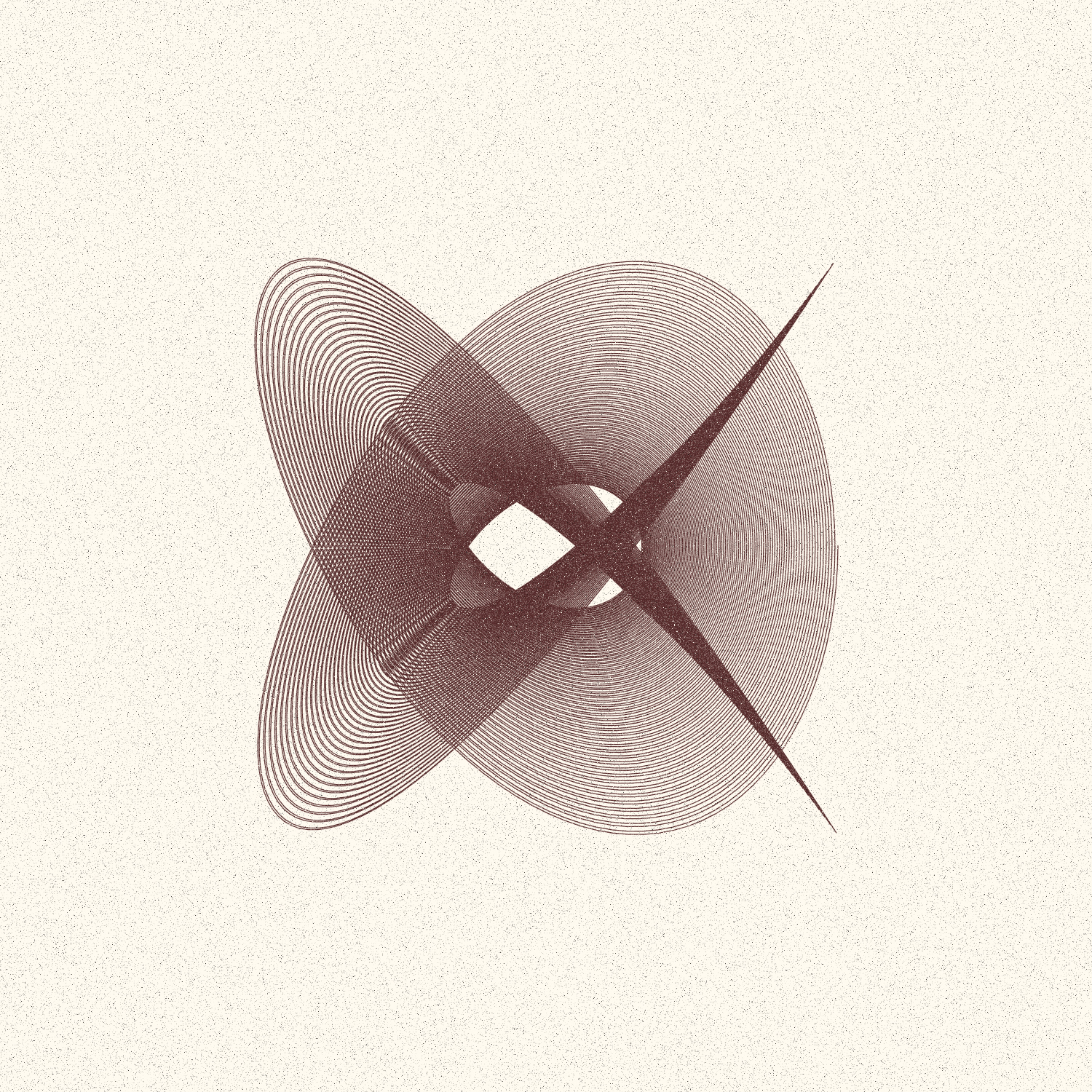
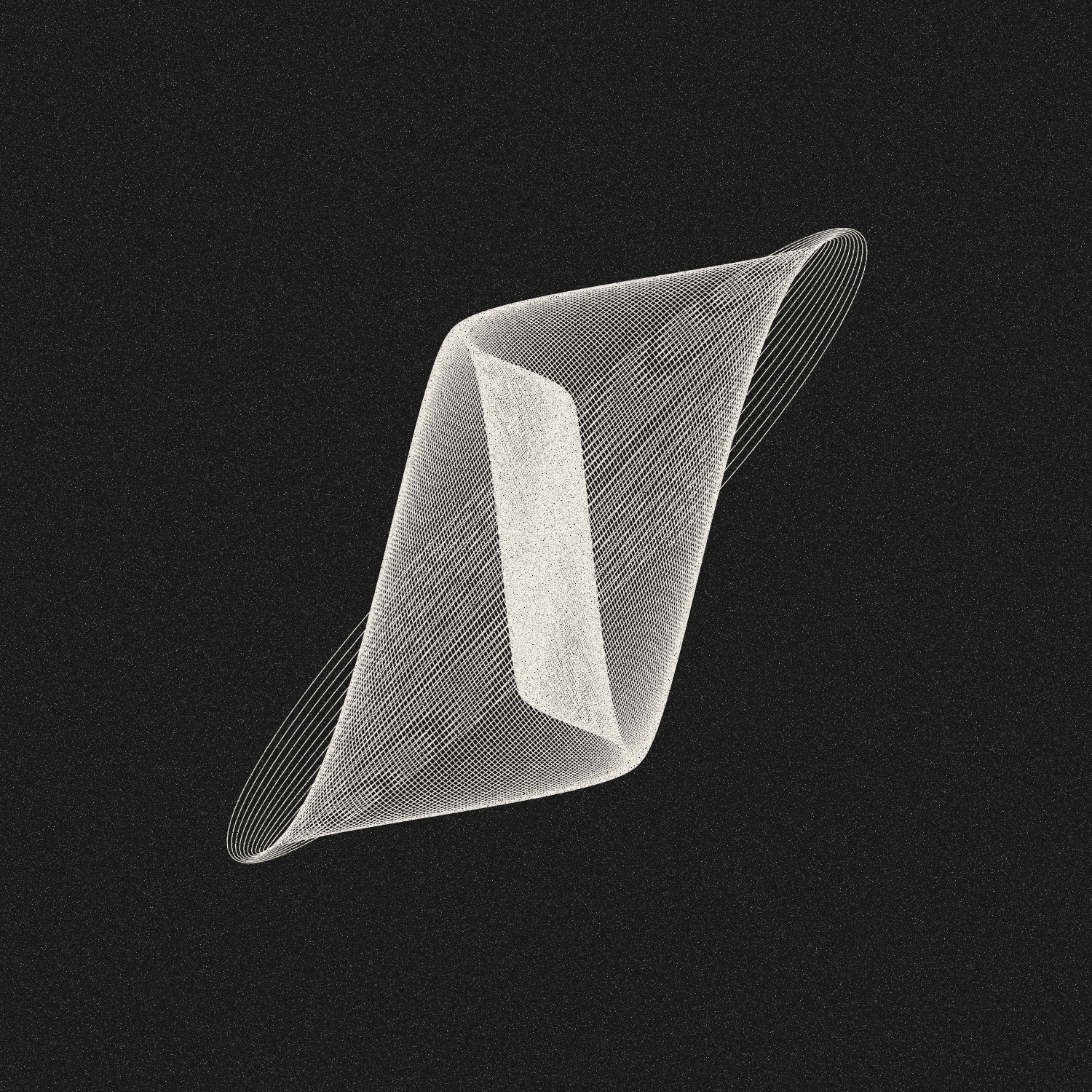
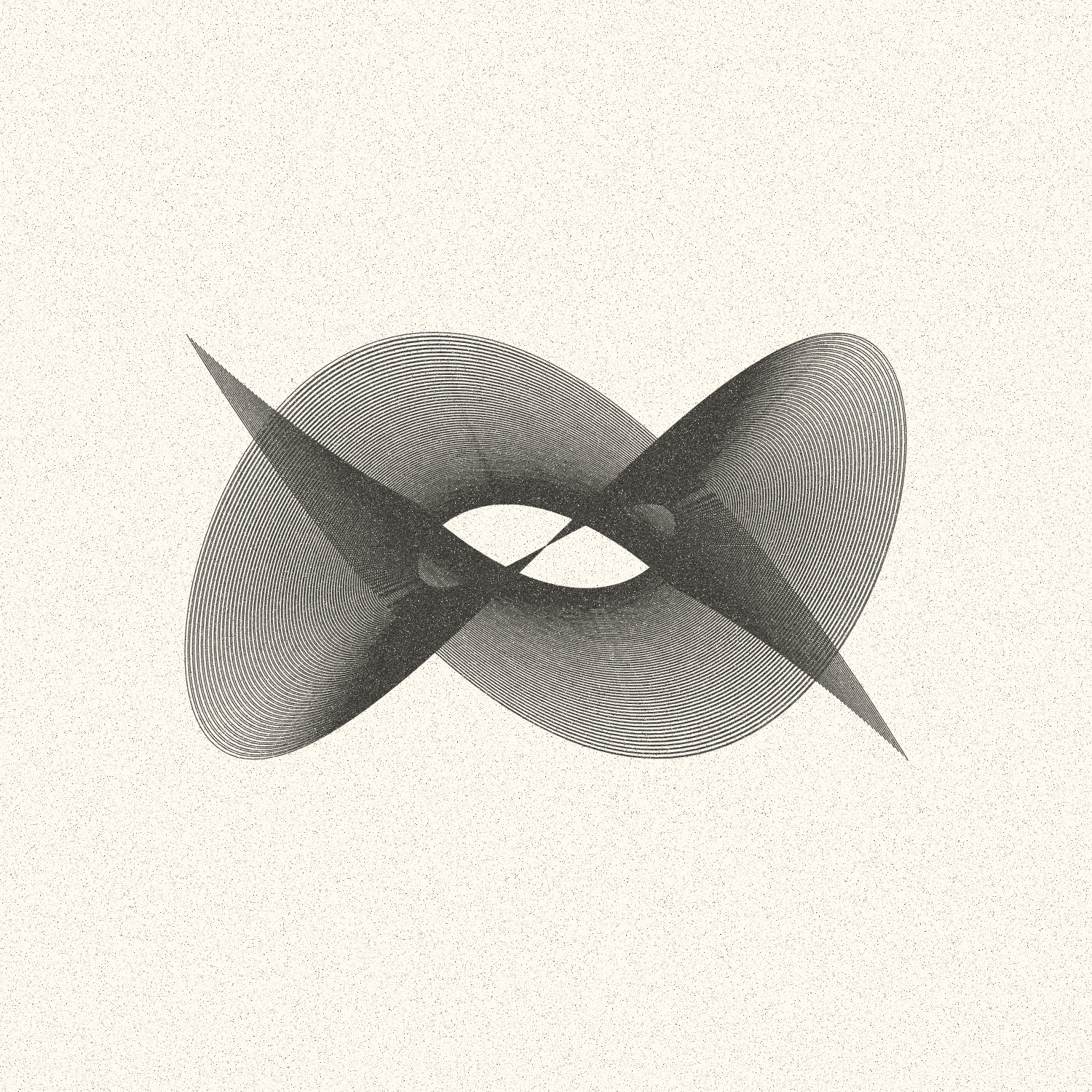

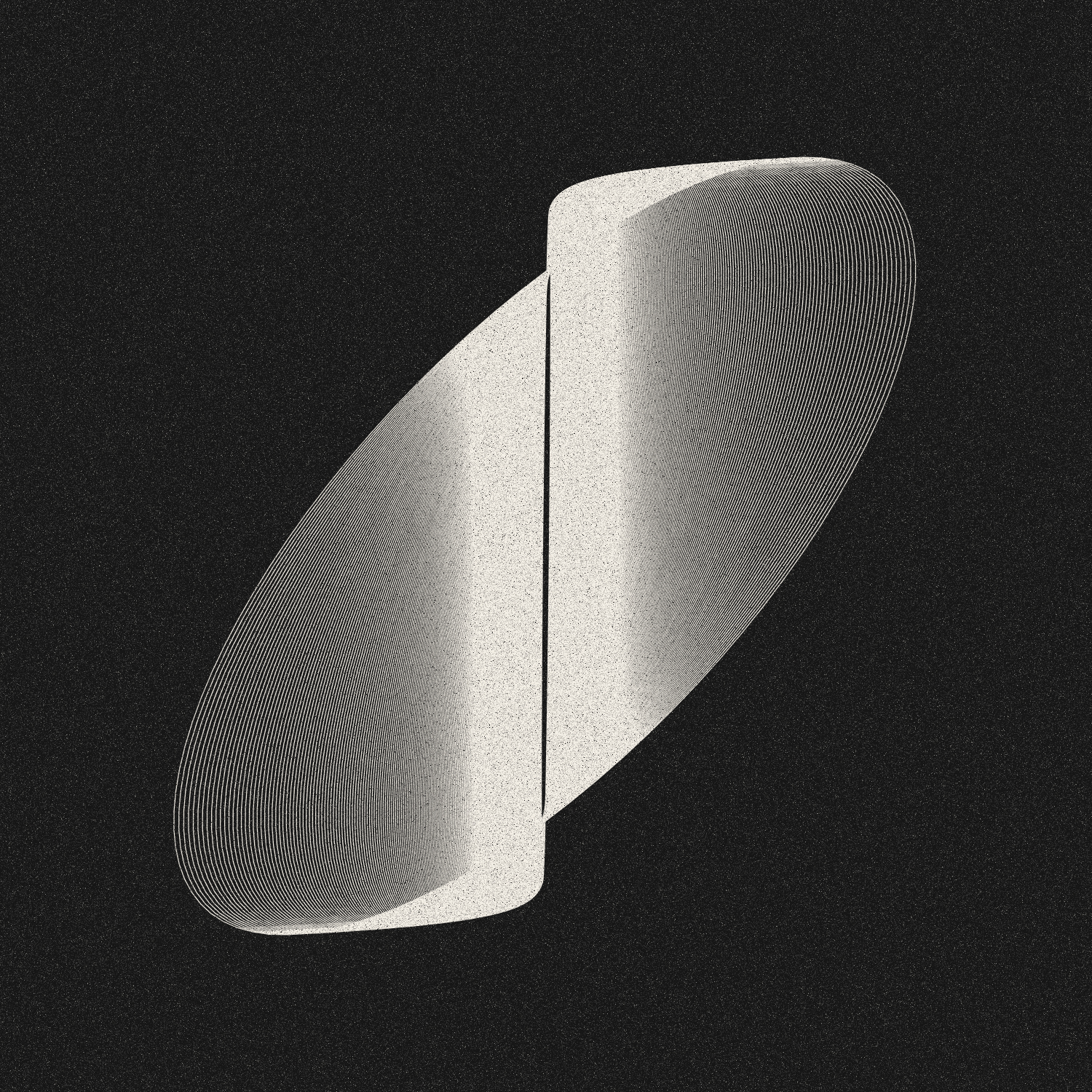
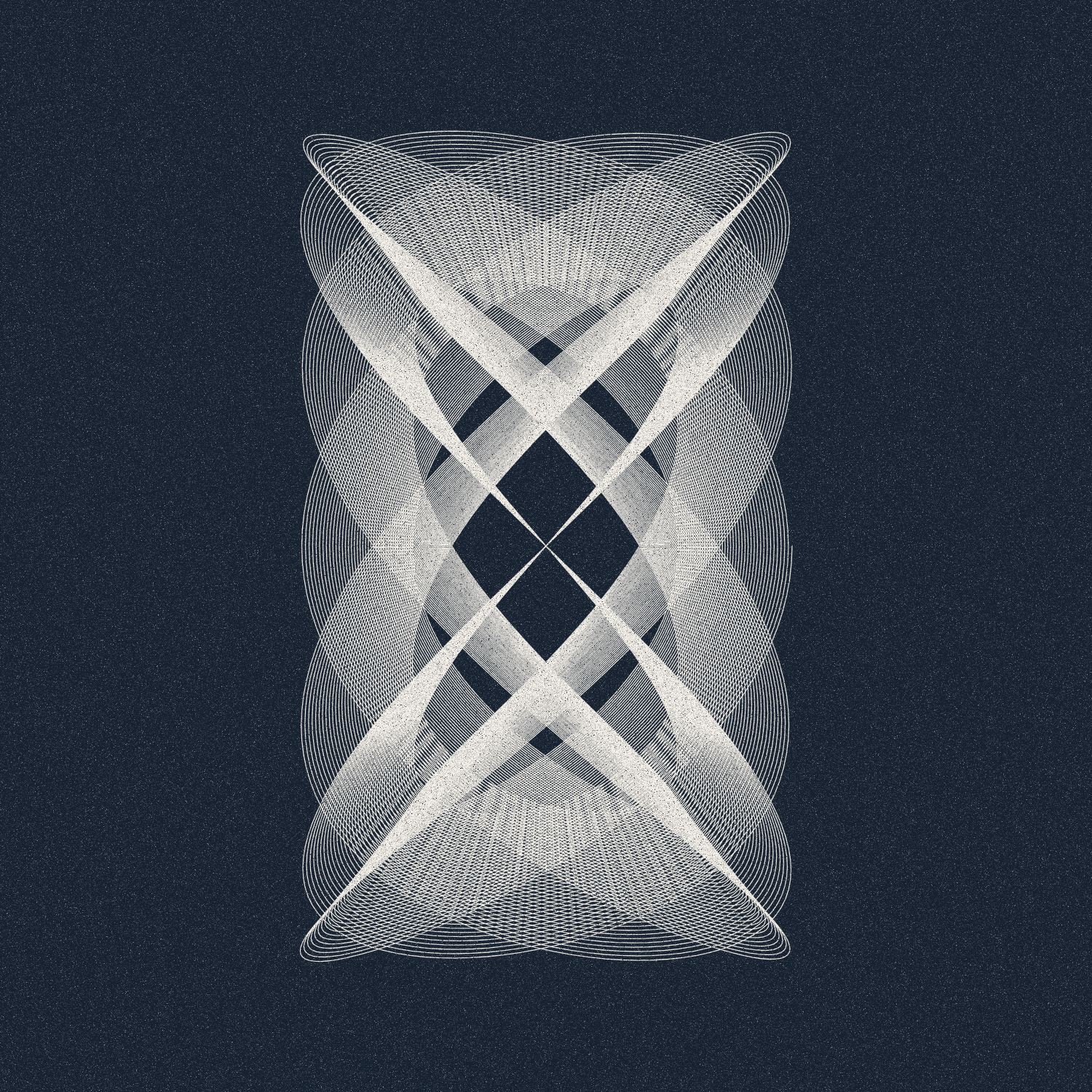
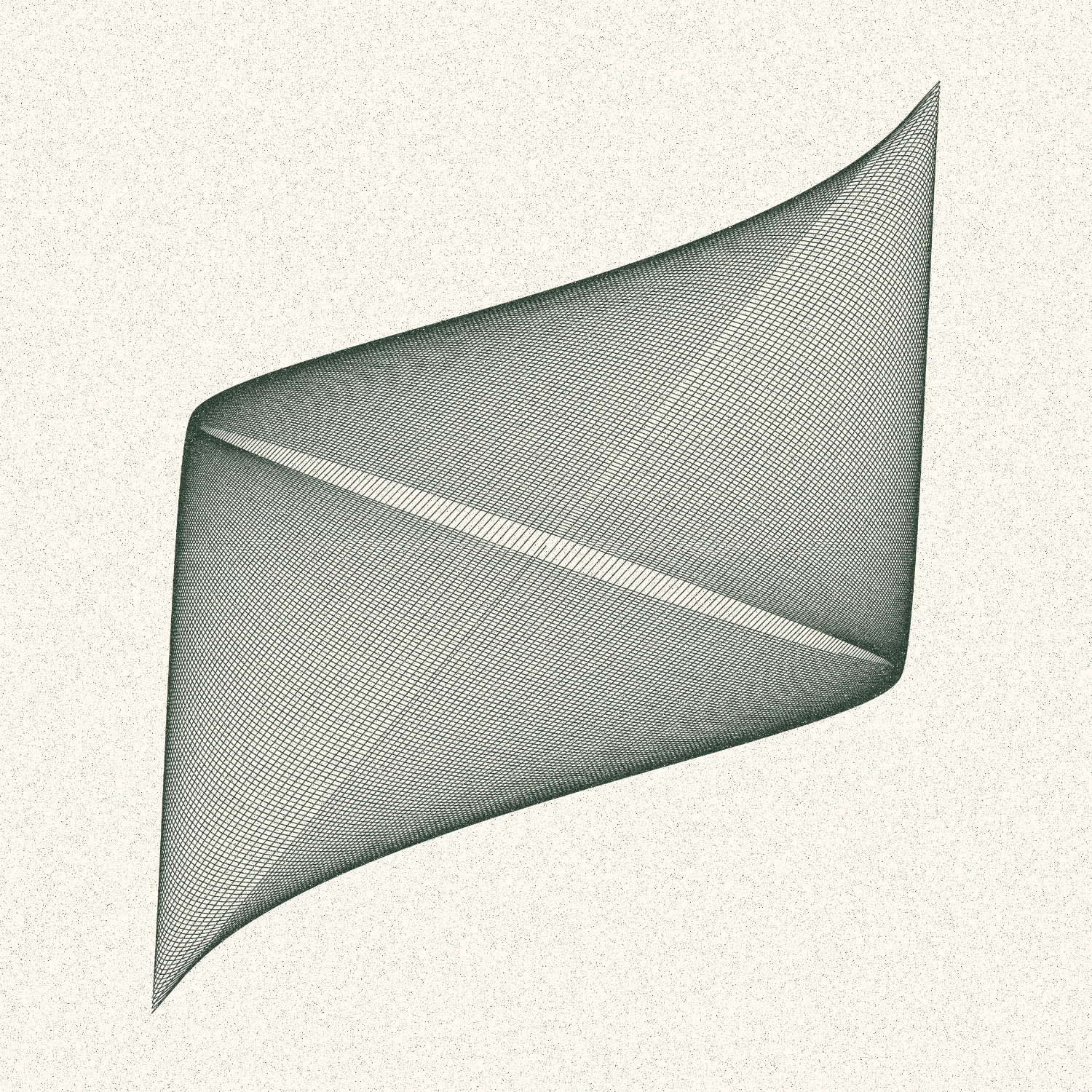
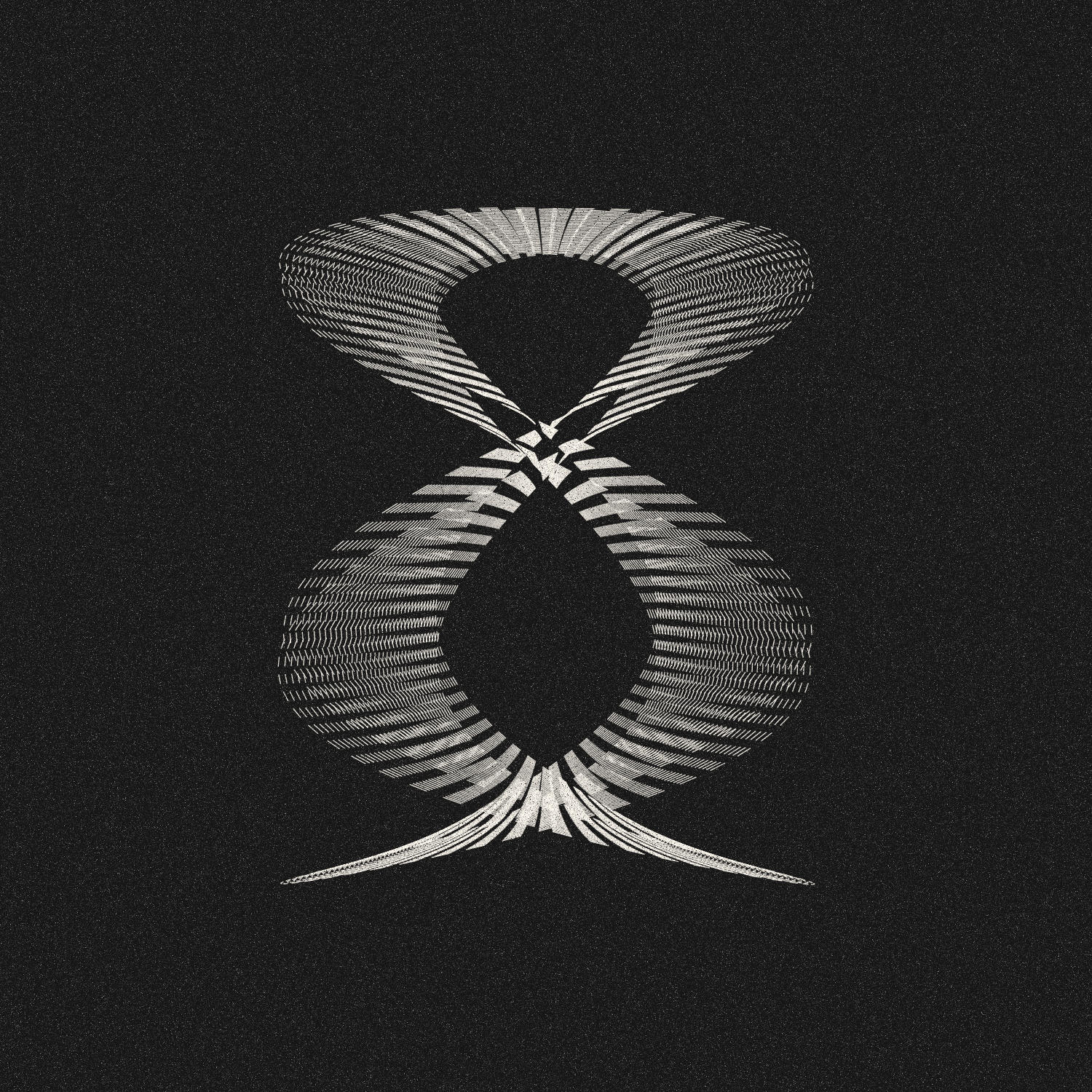


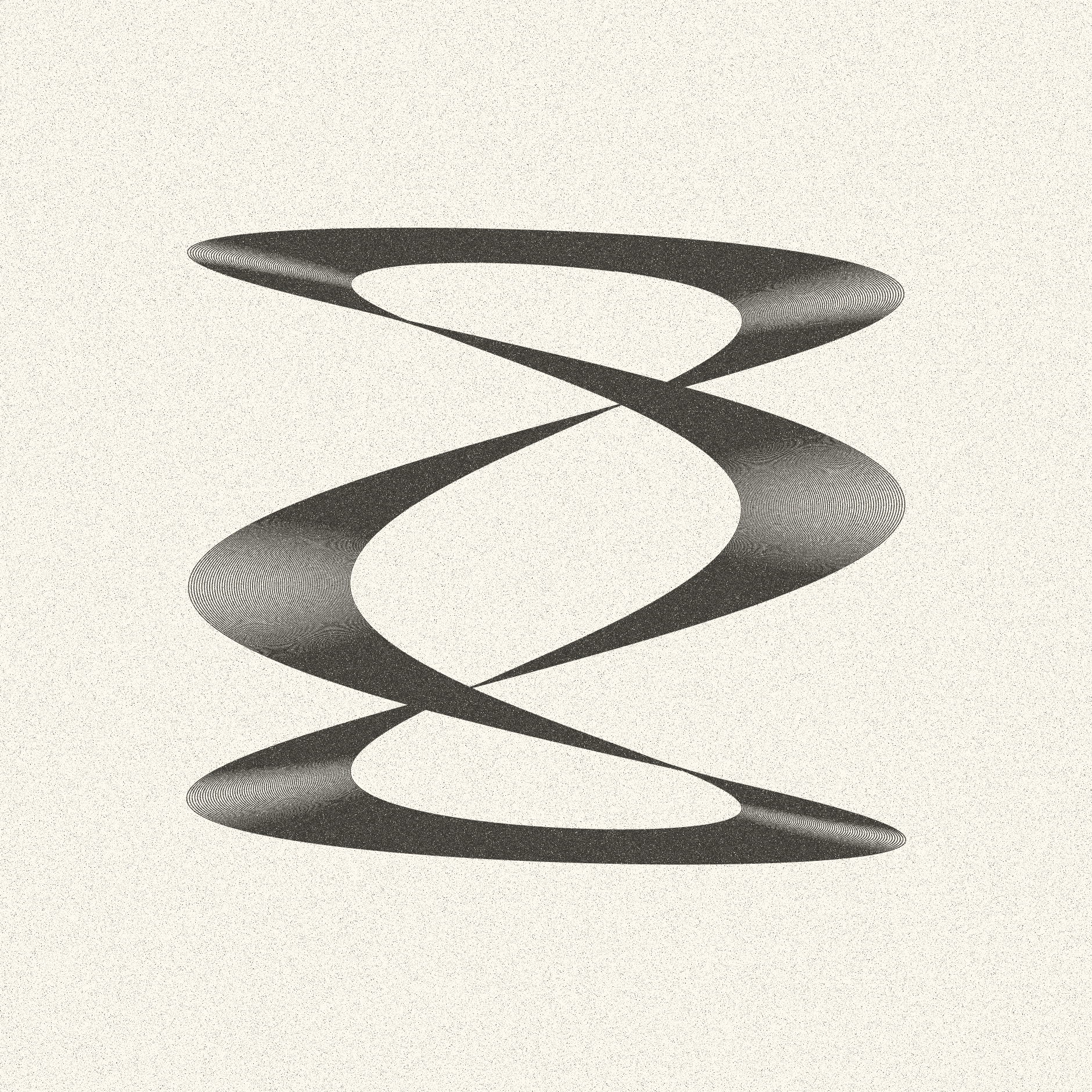
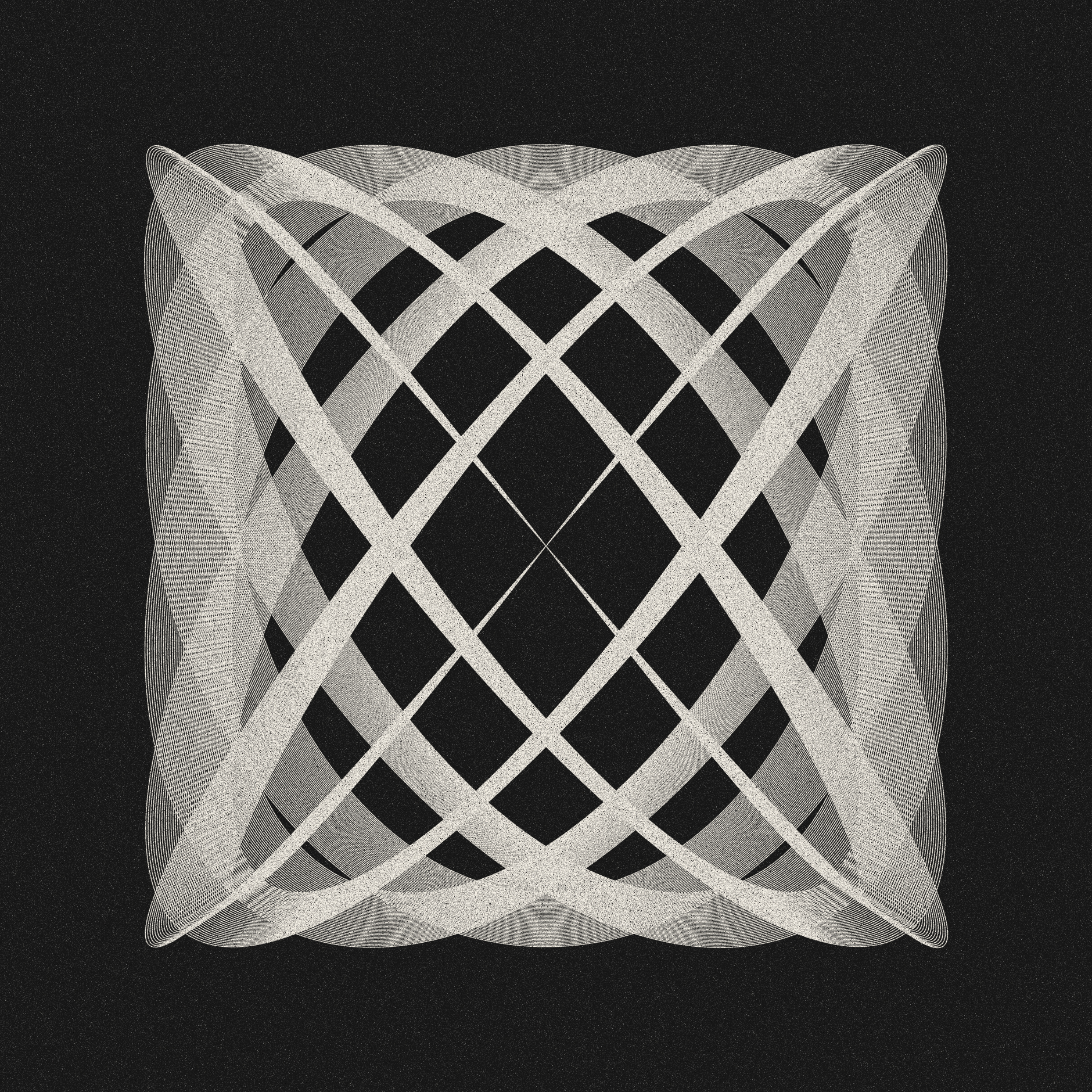
Example outputs for each of the 7 system perfection categories.
AN ACT THAT PERFORMS
These are not just static images. Each piece animates itself in real time. When activated, the algorithm draws the artwork stroke by stroke using its own pendulum logic.
Some systems draw in under 30 seconds. Others take over 30 minutes. Once complete, the image erases itself and begins again. This loop continues indefinitely.
This is not a replay. It is the original system performing its own creation. What you are watching is motion encoded in code and expressed over time.
Some systems draw in under 30 seconds. Others take over 30 minutes. Once complete, the image erases itself and begins again. This loop continues indefinitely.
This is not a replay. It is the original system performing its own creation. What you are watching is motion encoded in code and expressed over time.
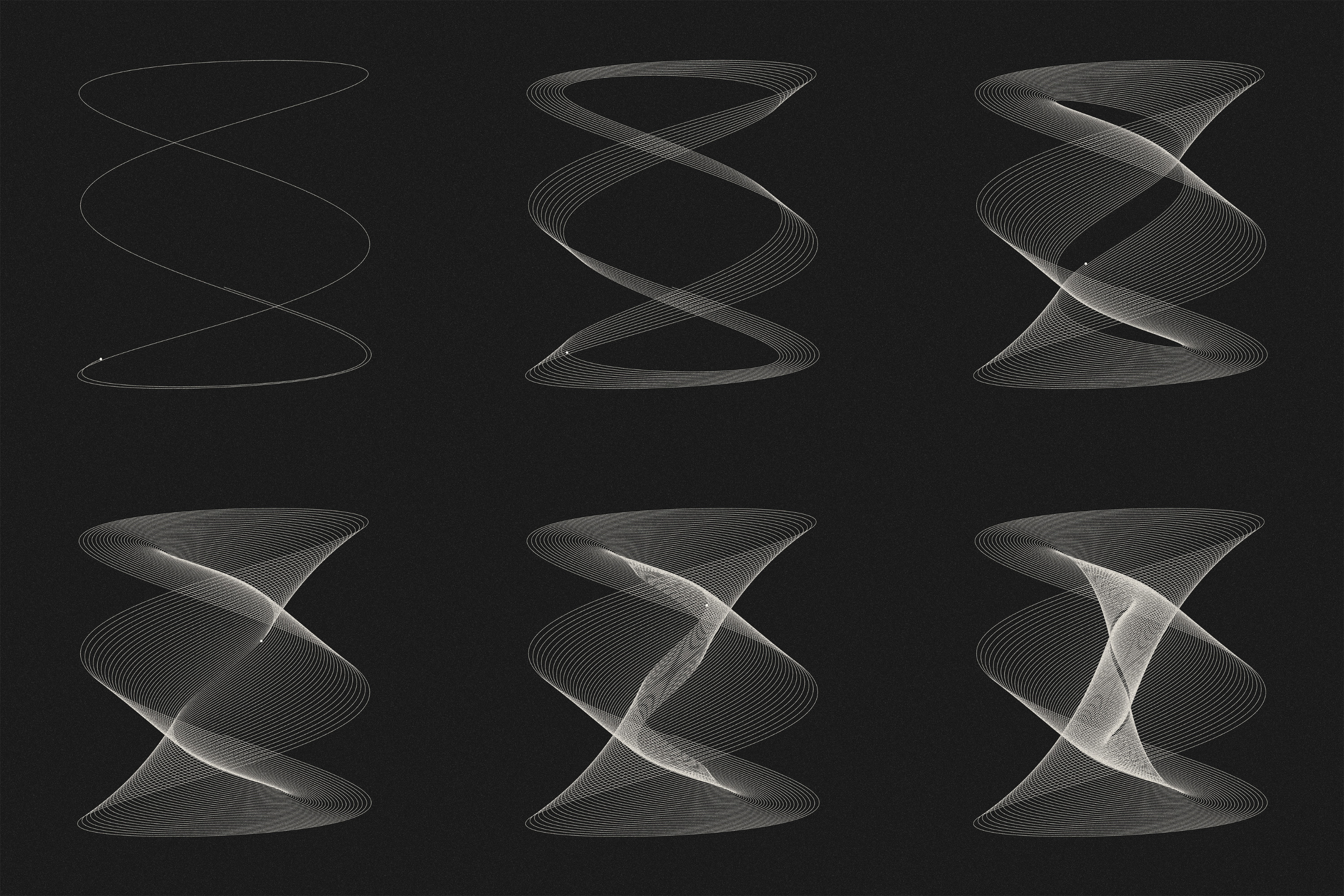
Snapshots from the progression of a pendulum output in animated mode, showing the drawing as it unfolds in real time.
FROM THE UNIVERSE TO THE CANVAS
This project is not about randomness. It’s not aesthetic trickery. It’s the re-creation of physical law in code, rendered with just enough imperfection to make it human. The code doesn’t pretend to be a pendulum. It is one.
Behind each image is a simulation unfolding in time. In animated mode, you’re not watching a replay, you’re watching the algorithm perform the drawing, governed by its own rules. The result isn’t a representation. It’s a trace of motion. A system coming to rest.
This is Chapter II. The universe is the algorithm. The code is the pendulum. And you are the witness.
Behind each image is a simulation unfolding in time. In animated mode, you’re not watching a replay, you’re watching the algorithm perform the drawing, governed by its own rules. The result isn’t a representation. It’s a trace of motion. A system coming to rest.
This is Chapter II. The universe is the algorithm. The code is the pendulum. And you are the witness.

Ben Strauss is an artist, engineer, and co-founder of Transient Labs. With a background in jazz performance, aerospace engineering, and fine art photography, his path has always traced the edges between creativity and systems, between intuition and structure.
His photographic work, rooted in vast landscapes and natural light, first introduced him to the world of NFTs back in 2020. But it was the founding of Transient Labs that immersed him in dynamic art and creative coding. As the platform became a leader in living artwork and onchain innovation, Ben spent years writing creative code for other artists, constructing dynamic, living-artwork experiences behind the scenes. Eventually, he turned that same technical rigor inward.
Now, through the Pursuit of Equilibrium series, Ben channels his background in physics and his deep appreciation for systems into generative artworks that explore how universal laws create beauty. Chapter 1, Lux, used real pendulums swinging in physical space to trace invisible patterns of motion onto the sensor of his camera. Chapter 2 advances that vision through code, using the same physics-based logic to generate outputs entirely through algorithmic means.
His creative-coding tools include raw JavaScript, p5.js, and the language of the universe itself: friction, phase, amplitude, decay. To Ben, these artworks are not just simulations. They are fingerprints of forces older than humanity. Each output is a glimpse into ancient systems made visible.
His photographic work, rooted in vast landscapes and natural light, first introduced him to the world of NFTs back in 2020. But it was the founding of Transient Labs that immersed him in dynamic art and creative coding. As the platform became a leader in living artwork and onchain innovation, Ben spent years writing creative code for other artists, constructing dynamic, living-artwork experiences behind the scenes. Eventually, he turned that same technical rigor inward.
Now, through the Pursuit of Equilibrium series, Ben channels his background in physics and his deep appreciation for systems into generative artworks that explore how universal laws create beauty. Chapter 1, Lux, used real pendulums swinging in physical space to trace invisible patterns of motion onto the sensor of his camera. Chapter 2 advances that vision through code, using the same physics-based logic to generate outputs entirely through algorithmic means.
His creative-coding tools include raw JavaScript, p5.js, and the language of the universe itself: friction, phase, amplitude, decay. To Ben, these artworks are not just simulations. They are fingerprints of forces older than humanity. Each output is a glimpse into ancient systems made visible.
EXAMPLE OUTPUTS
